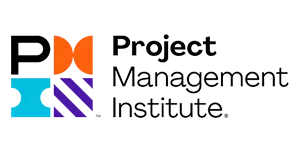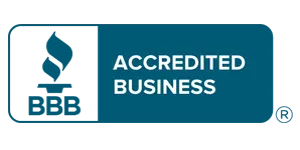So you’ve passed your White Belt exam and want to move on to Yellow Belt training. If you want to build your awareness of Six Sigma practice, then Yellow Belt training is a great start. In karate, the yellow belt represents sunlight shining on a seed to give it strength to grow. Yellow signifies the inciting moment in your training, where you acquire the beginnings of a world of knowledge. Similarly, Six Sigma Yellow Belt training represents the first rung on the ladder leading towards success.
Our two-day Yellow Belt course builds on your White Belt training, preparing you to understand and utilize basic measuring tools. Following completion of the program, you should be able to use these tools to gather accurate data. Additionally, you will be able to navigate the problem-solving and process improvement processes in theoretical and practical Six Sigma work. Here we examine our Yellow Belt program and its contents in detail. That way, you can move forward fully informed and use your knowledge to make the best decisions.
Who is it For and How is it Assessed?
We recommend our Yellow Belt program for those looking to improve their leadership skills. It’s also a great place to bolster your knowledge of Six Sigma fundamentals. Furthermore, it also helps if you aim to become a Subject Matter Expert or Executive Champion. The two-day course culminates in a closed book theoretical exam consisting of 50 multiple choice questions, lasting 40 minutes. A passing mark of 50% is required for you to receive certification. While some programs require process improvement projects form part of your assessment, our Yellow Belt course is none-project-based.
Yellow Belt Course Contents
The Yellow Belt course builds on key ideas espoused during White Belt training, allowing practitioners to refine existing skills while developing new ones. Further acquisition of knowledge on the course will support their development as a Six Sigma professional. The Yellow Belt program covers subjects such as:
-
The History of Continuous Improvement (Kaizen).
Like karate, Kaizen relies on a continuously reinforced philosophy for you to succeed. In karate, you must hone your skills as well as your mind, learning when and where it is appropriate to use your training. Similarly, in Kaizen, you must constantly maintain continuous improvement, almost as a meditative practice. This will allow process improvement changes take hold, ensuring long-lasting success.
-
Key Yellow Belt Philosophies and Principles.
In karate, you must pledge to uphold values like respect, honor, and discipline, in training and In Six Sigma and Lean, you must understand and uphold the core values of both philosophies, pledging to achieve their goals. You will learn the relationship between Six Sigma and Lean here, as well as how they combine to form Lean Six Sigma. This is essential to your training, allowing you to utilize your knowledge to drive breakthroughs in quality performance.
-
Change Management.
This is a key learning element of Yellow Belt training, reviewing the dynamics that feature on process improvement projects. Ideas such as cooperation and teamwork, overcoming resistance, dealing with escalating problems, and devising creative solutions are all essential aspects of the training.
-
Organizational Culture.
Yellow Belts have slightly more responsibility that White Belts and must exercise their work judiciously. They must understand the effects an organization’s culture has on the success of Six Sigma and Lean deployment.









No responses / comments so far.